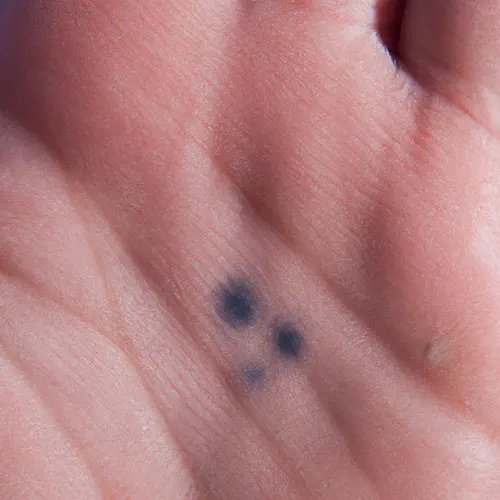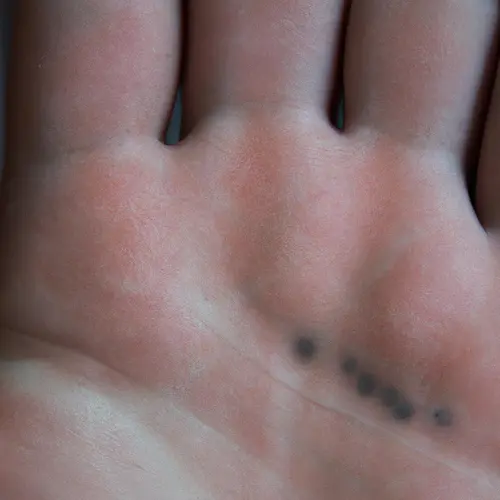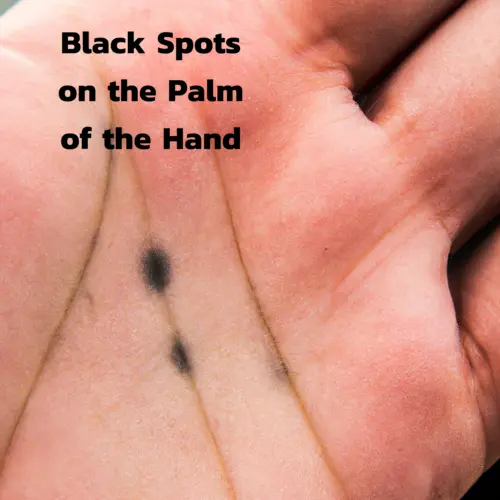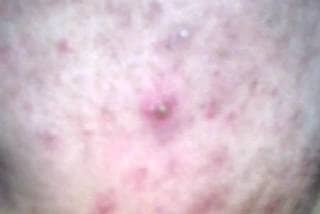Black spots appearing on the palm of the hand can be concerning and may prompt individuals to seek medical advice. These spots can be caused by various factors, ranging from mild to more serious underlying conditions.
It’s important to understand the potential causes and whether they pose any danger. Here, we will discuss the causes, potential danger, and what you can do if you notice black spots on your palm.
Causes
Black spots on the palm of the hand can have several causes, including:
- Hyperpigmentation: Excessive production of melanin, the pigment responsible for the color of our skin, can result in black spots on the palm. This can be triggered by sun exposure, injury, irritation, or certain medications.
- Moles or birthmarks: Moles or birthmarks that develop on the palm can appear black in color. These are usually harmless but should be monitored for any changes in size, shape, or color.
- Warts: Viral infections, such as human papillomavirus (HPV), can cause black or dark-colored warts to form on the palms. These warts are typically harmless but may require treatment if they become painful or grow in size.
- Nevi or freckles: Similar to moles, harmless nevi or freckles can develop on the palms and appear as black spots. These spots usually pose no danger unless they exhibit changes over time.
- Skin conditions: Certain skin conditions like psoriasis or eczema can cause black spots or patches to form on the palms. If the spots are accompanied by itching, redness, or flaking skin, it’s recommended to consult a dermatologist for proper diagnosis and treatment.

Is it dangerous?
In most cases, black spots on the palm of the hand are not dangerous and do not require immediate medical attention. However, it’s crucial to monitor them for any changes, such as growth, bleeding, or changes in color. If you notice any concerning symptoms, or if the spots become painful or begin to spread, it is advisable to consult a healthcare professional for further evaluation.
What to do
If you notice black spots on your palm, here are some steps you can take:
- Monitor the spots: Keep an eye on the spots and check for any changes in size, shape, color, or symptoms like itching, pain, or bleeding.
- Avoid self-diagnosis: While it’s natural to research possible causes, try to avoid self-diagnosis. Instead, consult a healthcare provider who can properly evaluate the spots and provide appropriate guidance.
- Protect your skin: Use sunscreen with an SPF of 30 or higher to protect your skin from harmful UV rays, especially if you spend a lot of time in the sun.
- Visit a dermatologist: If you’re concerned about the black spots, it’s best to schedule an appointment with a dermatologist. They can accurately diagnose the cause of the spots and recommend any necessary treatments or further tests.

Remember, it’s essential to seek medical advice for proper evaluation and diagnosis. While most black spots on the palm are harmless, it’s always better to be safe and proactive when it comes to your health.
About the Author
Reyus Mammadli is the author of this health blog since 2008. With a background in medical and biotechnical devices, he has over 15 years of experience working with medical literature and expert guidelines from WHO, CDC, Mayo Clinic, and others. His goal is to present clear, accurate health information for everyday readers — not as a substitute for medical advice.







